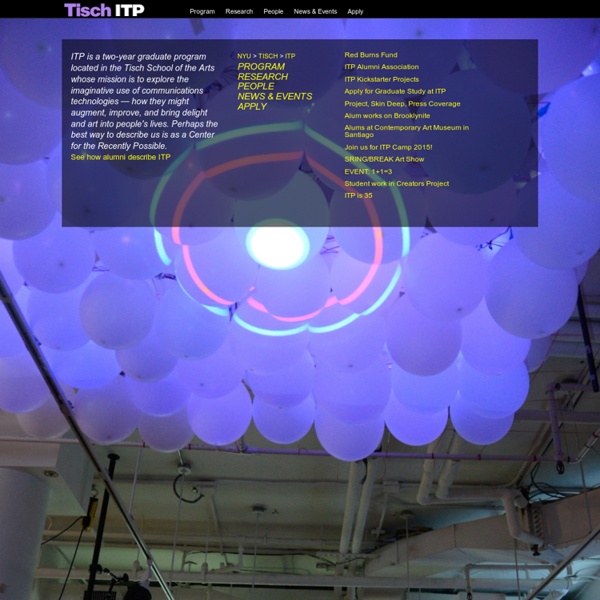



DOT MAGAZINE | Spring 2012 | Art Center College of Design | Learn to Create. Influence Change. Dot magazine is published by the Department of Marketing and Communications. Art Center College of Design 1700 Lida Street, Pasadena, CA 91103artcenter.edu We welcome your feedback on Dot magazine. EDITOR Sylvia Sukop WRITERS Teri Bond, Jered Gold, Carolyn Gray Anderson, Mike Padilla, Christine Spines, Sylvia Sukop, Mike Winder ART DIRECTOR Winnie Li DESIGNERS Eliana Dominguez, Winnie Li, Jin Son PRODUCTION DESIGNER Audrey Krauss WEB DESIGNER Eliana Dominguez WEB PRODUCTION Chuck Spangler EDITORIAL ASSISTANCE Kathy Barreto, Ellen Fujimoto, Anna Macaulay, Lindsay Rapport, Kat Salerno BOARD CHAIRMAN Robert C. PRESIDENT Lorne M. SENIOR VICE PRESIDENT, DEVELOPMENT AND EXTERNAL AFFAIRS Arwen Duffy ASSOCIATE VICE PRESIDENT, DEVELOPMENT Maya Chalich Fredrickson ASSOCIATE VICE PRESIDENT, MARKETING AND COMMUNICATIONS Wendy Shattuck EDITORIAL DIRECTOR Sylvia Sukop CREATIVE DIRECTOR Scott Taylor DIRECTOR, PRODUCTION Ellie Eisner DIRECTOR, PROMOTION AND PUBLIC AFFAIRS Jered Gold
Miami Ad School | Top Advertising Schools - Study Advertising at the Best Schools in USA or abroad Open Lab Egypt Happening now – preparations for the Venice Architecture Biennale 18. EGYPT AMNESIA Venue: Pavilion at Giardini "The exhibition reflects the changes of the architecture style in Egypt and its development over the past 100 years." A glimpse on 65 Architecture Biennale-Pavilions (Absorbing Modernity: ... Hipster Phone CYNETART Festival, Dresden, Germany November 2013 The Hipster Phone is a communication device made of physical gadgets that imitates the disparate functions of a Smartphone. InterLAB Two It began with InterLab One when OLE worked remotely with the German collective Kazoosh. InterLAB One In the InterLab project, Open Lab Egypt worked with Kazoosh (a digital art collective) to create exhibitions where two distant spaces were connected together through interactive tele-digital installations. Mobile Multimedia Workshop Sistematurgy OLE workshop – Alexandria OLE workshop – Cairo
Rhode Island School of Design | RISD Fashion Design School:Fashion Marketing & Merchandising:Master & Courses in Italy - Polimoda.com